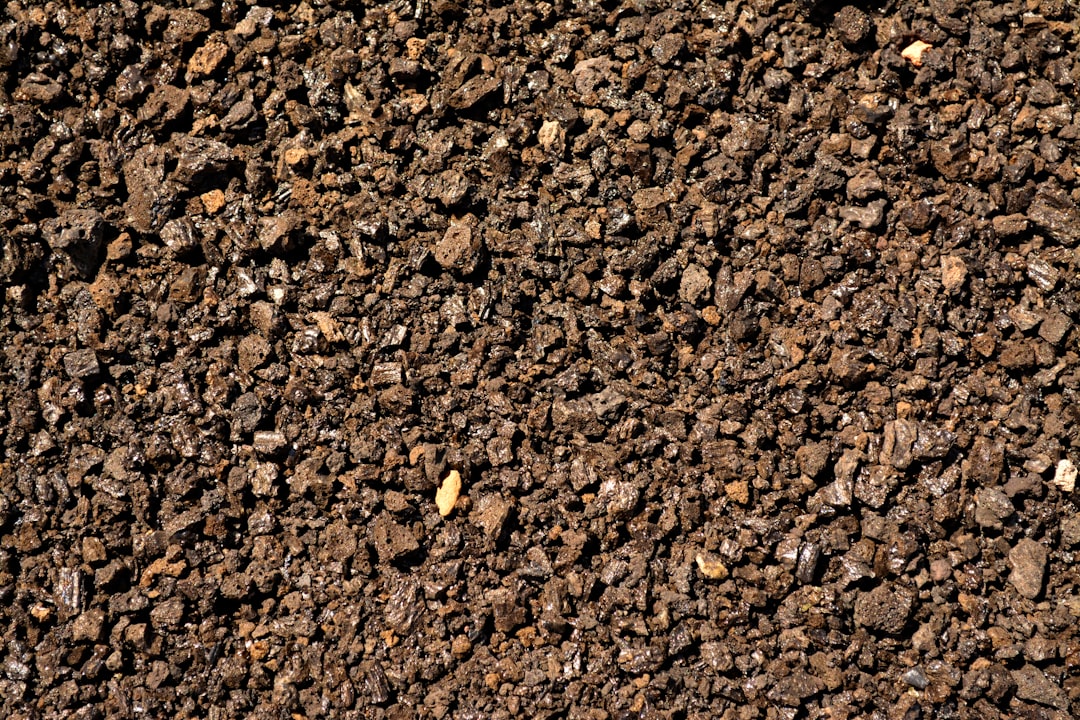What is it about?
This paper presents technological limitations on processing modes that are caused by the need to provide the required quality parameters of machine part surfaces. We consider the peculiarities of the surface material behavior when processed by ultrasonic surface hardening, and show the causes of defects appearing in plastic deformation and the ways of their elimination.
Featured Image
Why is it important?
Interest in the possibilities of ultrasonic surface hardening as a tool for improving the material of machine part surface layers is increasingly growing. In their works, modern researchers study the enhancement of working properties by ultrasonic hardening, various schemes of interaction of an ultrasonic instrument with the surface, and show the advantages of ultrasonic plastic hardening over other methods of finishing. Nevertheless, another issue still open to question is technological limitations necessary to provide the required processing conditions, which, in their turn, determine the quality characteristics of surfaces.
Perspectives
As a result of the research performed, the recommendations for choosing ultrasonic hardening modes depending on some technological limitations have been defined. It is helpful for choosing the mode providing the required surface quality.
Iulia Kudryavtseva (Semenova)
Novosibirsk State Technical University
Read the Original
This page is a summary of: Technological Peculiarities Providing the Surface Quality Parameters at Ultrasonic Surface Hardening, Applied Mechanics and Materials, December 2014, Trans Tech Publications,
DOI: 10.4028/www.scientific.net/amm.698.482.
You can read the full text:
Contributors
The following have contributed to this page










